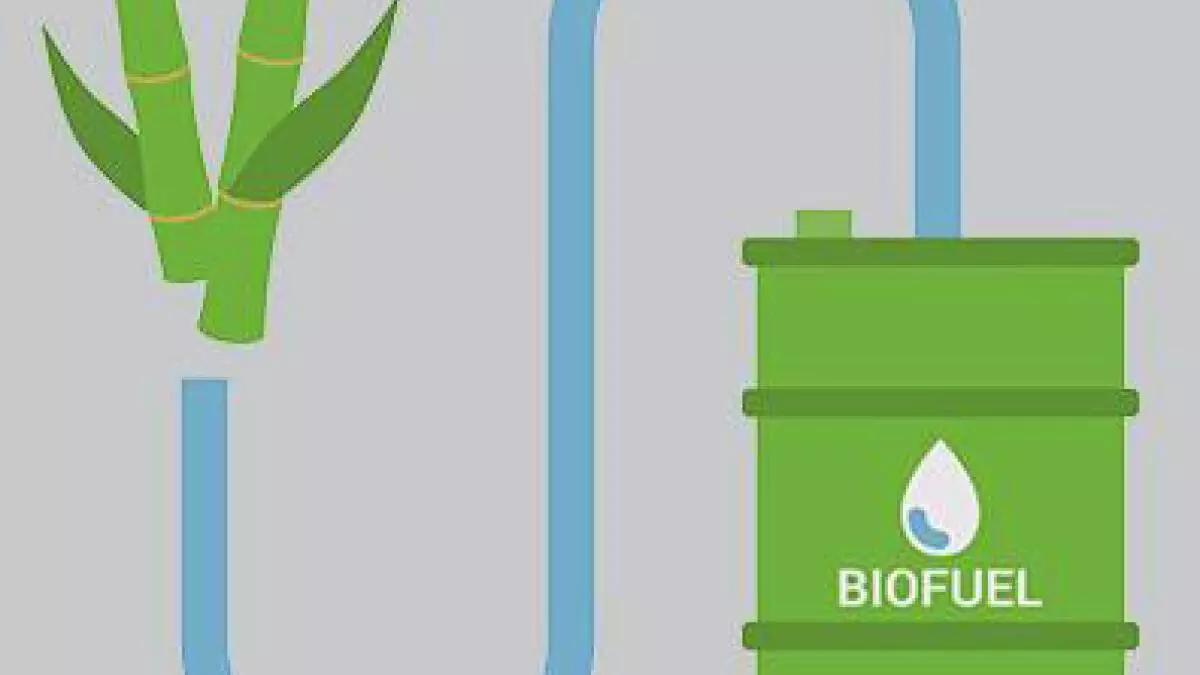The rise of 2G ethanol: Fuelling India’s sustainable energy future
Understanding 2G Ethanol
What is 2G Ethanol? 2G ethanol is a type of biofuel produced from lignocellulosic biomass, which includes agricultural residues such as rice straw, wheat straw, and bagasse. Unlike traditional ethanol, which is derived from food crops, 2G ethanol doesn’t compete with food production, making it a more sustainable option.
Key benefits of 2G ethanol
- Reduced dependence on fossil fuels: 2G ethanol offers a renewable alternative to fossil fuels, helping to reduce our reliance on foreign oil.
- Lower carbon emissions: The production and use of 2G ethanol result in significantly lower greenhouse gas emissions compared to fossil fuels.
- Enhanced energy security: By diversifying India’s energy sources, 2G ethanol can improve the country’s energy security.
Government Initiatives and Policy
The Indian government has taken significant steps to promote the production and use of 2G ethanol. The Pradhan Mantri JI-VAN (Jaiv Indhan-Vatavaran Anukool Fasal Awashesh Nivaran) Yojana provides financial support to 2G ethanol projects, encouraging investment in this sector.
Feedstocks – rice straw and wheat straw: Punjab and Haryana, India’s agricultural heartland, produce vast quantities of rice and wheat straw. These agricultural residues can be effectively utilised as feedstocks for 2G ethanol production. By harnessing these resources, India can:
- Reduce stubble burning: Stubble burning is a major environmental concern in these regions. Using the straw for 2G ethanol production can help mitigate this issue.
- Create additional income for farmers: Farmers can benefit from selling their agricultural residues for ethanol production, providing a supplementary source of income.
- Enhance energy security: Utilising domestic resources for energy production can strengthen India’s energy security.
Challenges of 2G ethanol
While 2G ethanol offers significant potential, there are several challenges to overcome:
- High capital costs: Setting up 2G ethanol plants requires substantial investments.
- Technological hurdles: The conversion of lignocellulosic biomass into ethanol involves complex technological processes.
- Limited feedstock availability: Ensuring a consistent supply of feedstocks can be challenging.
- Geographic distribution and farmer participation: Encouraging farmers across different regions to participate in 2G ethanol production can be difficult.
- Infrastructure challenges: Developing suitable storage and transportation infrastructure for 2G ethanol is essential.
Opportunities of 2G ethanol
- Enhanced energy security: By diversifying India’s energy mix, 2G ethanol can improve energy security.
- Job creation: The 2G ethanol industry can create employment opportunities, particularly in rural areas.
- Additional income for farmers: Farmers can benefit financially from selling their agricultural residues for ethanol production.
- Reduced greenhouse gas emissions: 2G ethanol can significantly contribute to India’s climate change mitigation goals.
Probable solutions
To address the challenges and realise the full potential of 2G ethanol, the following solutions can be implemented:
- Government support: Continued government support, including financial incentives and policy reforms, is crucial.
- Technological advancements: Investing in research and development to improve 2G ethanol production technologies. Increased Investment: Attracting private sector investment in the 2G ethanol industry.
- Effective policy implementation: Ensuring that government policies are implemented effectively to support the sector.
- Development of infrastructure: Investing in storage and transportation infrastructure to facilitate the distribution of 2G ethanol.
Case study
Indian Oil Corporation Limited (IOCL)‘s Panipat 2G ethanol plant is a prime example of the potential of this technology in India.
The plant has a capacity of producing 100 kiloliters (KL) of 2G ethanol per day using rice straw as feedstock. This project has contributed to reducing stubble burning, enhancing energy security, and creating job opportunities in the region.
The future of 2G ethanol in India
With continued government support, technological advancements, and increased investment, 2G ethanol has the potential to play a significant role in India’s sustainable energy future.
By addressing the challenges and capitalizing on the opportunities, India can harness the power of 2G ethanol to reduce its carbon footprint, improve energy security, and create a more sustainable and prosperous nation.
(The author is MD Samarth SSK Ltd., Jalna)
